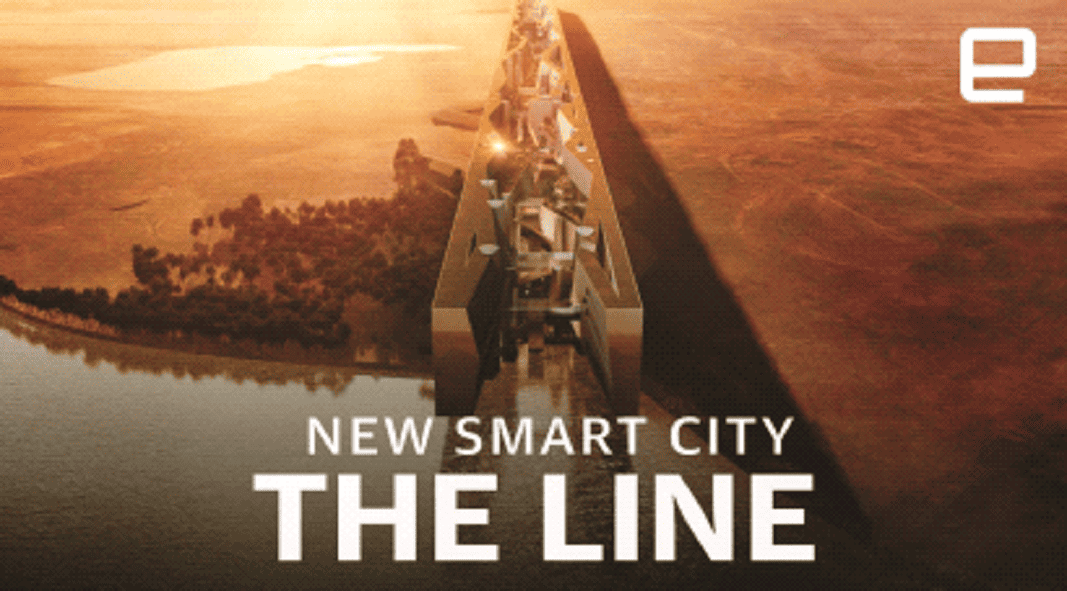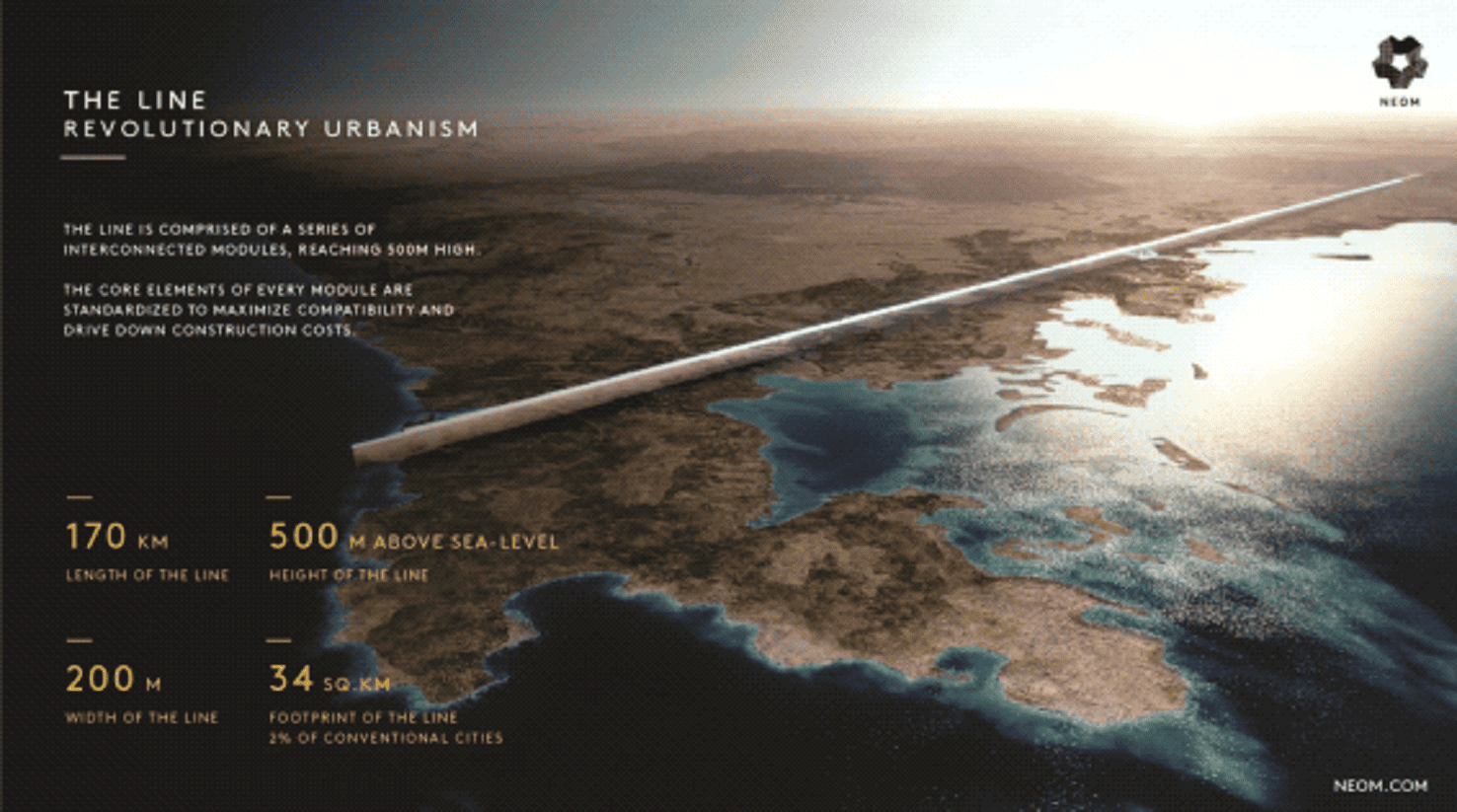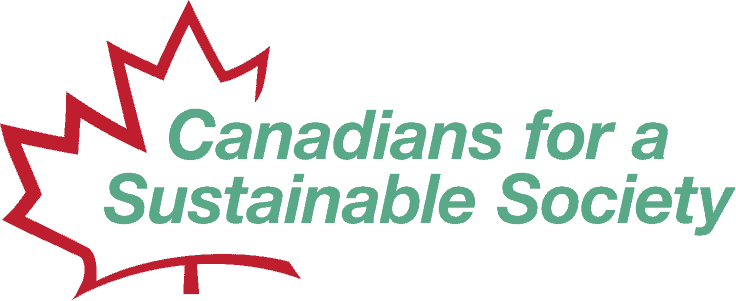Canada (particularly Ontario) vs. Saudi Arabia
Here is a faceoff between two apparently doomed-to-fail projects.
Canada
The Canadian effort is a business-as-usual Ponzi scheme involving extreme rates of immigration into Canada to drive housing demand and price escalation to enrich developers, speculators and banks. It involves paving over Canada’s very limited and best farmland with urban sprawl.
This is a pumping up of the current mass-immigration growth plan that has seen Canadians submerged in debt while their quality of life and equality levels sink even lower than over the past 5 decades. This high rate of growth failed to deliver for either the people or the land of Canada so government will now double down with even higher levels of immigration and see if an even more extreme rate of growth will get rid of the problems which the wrong growth itself created.
Canada is going with more of the same because the provincial and federal politicians will never find another strategy that will deliver greater profits for developers, speculators and banks than the mass immigration driven housing inflation Ponzi.

Saudi Arabia
Next is the Saudi effort to create the largest and most distinctive human project since the Great Wall of China. It is called “The Line” and is planned to be 170 kilometres long, 200 metres wide and 500 metres high. Well, if you are going big, go BIG!

It will house 9 million Saudi residents (their population is still naturally growing) with a density per square kilometer 6 times that of Manila and 60 times that of the City of Toronto. But actual living space per resident is an open question as the building(s) will be extremely tall with huge floorspace. And, of course, just take the elevator to ground level and you can step out into open desert

Will this sci-fi engineering exercise actually work or will it turn into the world’s largest white elephant? Imagine the settings a creative movie director could tease out of a partially completed and deserted project like The Line!

The thinking (and dreaming) persons approach vs. the corrupt throwback politicians approach.
Rating range is -5 to +5
| Ontario Farmland Paving | Rating | Saudi Arabia Desert Paving | Rating | |
| Environmental Impact | Paving over prime farmland takes the cake for environmental abuse. | -4 | Developing a long strip of desert would cut off migration routes unless these are taken into account but they possibly could be. | 0 |
| Quality of Life Impact | Quality of life for Canadians will continue to decline. | -3 | This is something very different and could allow rapid access to nature for everyone living on The Line. Or, it could become a big cavern with a dank interior plagued with maintenance issue. | +2 |
| Food Security Impact | Ontario is now moving into food deficit and will permanently lose the ability to assure its food supply. | -4 | Maybe some food growing capacity could be built into the building but at least it won’t cause a loss of foodland. | +1 |
| Renewable Energy | Increases dependence on fossil fuels and reduces the likelihood the transition to renewable energy will be successful. | -3 | The project will be 100% renewable energy powered. This is actually somewhat credible as the entire south side and top of this huge structure would be solar panels. | +4 |
| Planning Competency | On a strategic national welfare level, planning competency is zero as the entire process, from planning to media commentary, is developer controlled. Compare to factors taken into account in the Saudi plan. Ontario isn’t even bothering to look as though it is trying. | -5 | Considerations in planning:
At least they are mouthing the right words. |
+3 |
| Corruption Index | Media corporations, politicians, banks, speculators – a feeding frenzy for every parasitic element of the developer Ponzi scheme. | -5 | Land speculation profiteering likely near zero with no direct payoffs to politicians or media. Costs are mainly building related so very low inflation impacts. | +1 |
| Likelihood of Completion | Destruction of Ontario and Canadian farmland will go on until the developer/speculator hold on Canadian politics is broken. | -3 | As improbable as the entire project seems at first blush, there appears to be some holistic thought put into it and construction has started so initial results could be evaluated in several years. | +1 |
For more info: https://www.neom.com/en-us/regions/theline and Wikipedia.
The Line
An attempt to address many problems posed by human habitation with a very innovative approach.
The Line ( Arabic : ذا لاين) is a linear smart city under construction in Saudi Arabia in Neom , Tabuk Province , which is designed to have no cars, streets or carbon emissions . The 170-kilometre-long (110 mi) city is part of Saudi Vision 2030 project , which Saudi Arabia claims will create 460,000 jobs and add $48 billion to the country’s GDP . The Line is planned to be the first development in Neom , a $500 billion project. The city’s plans anticipate a population of 9 million. Excavation work had started along the entire length of the project by October 2022.
The project has faced criticism over its impact on the environment and the current population of the area, as well as doubts about its technological and economic viability.
The Line is planned to be 170 kilometres (110 mi) long, preserving 95% of the nature within Neom. It will stretch from the Red Sea approximately to the city of Tabuk , on the Hejaz railway . It is intended that it will have nine million residents, resulting in a population density of 260,000 people per square kilometer. By comparison, Manila , the world’s most densely populated city in 2019, had a density of 44,000/km2. The Line’s plan consists of two mirrored buildings with an outdoor space in-between, having a total width of 200 metres (660 ft.) and a total height of 500 metres (1,600 ft.).
The city will be powered entirely by renewable energy . It will consist of three layers, one on the surface for pedestrians , one underground for infrastructure , and another underground for transportation . Artificial intelligence will monitor the city and use predictive and data models to find ways to improve daily life for its citizens, with residents being paid for submitting data to The Line.
The estimated building cost is US$100–200 billion (400–700 billion SAR ), with some estimates as high as $1 trillion. It is claimed by the Saudi government that it will create 460,000 jobs, spur economic diversification, and contribute 180 billion SAR (US$48 billion) to domestic GDP by 2030.
In terms of the key numbers: Why 500 meters high and 200 meters wide? And why 170 kilometers long?
We need a city that can accommodate nine million people, taking Saudi Arabia towards its 2050 population goal, and we need to do that efficiently – with the smallest possible footprint and the optimal livability for residents. So, 200 meters wide by 500 meters tall – and 170 kilometers in length – was the best engineered solution. It wasn’t random. These numbers are driven by research and science – when it comes to elements such as the depth of light, air circulation and so on.
Considerations
Work-life balance, Legacy-free urbanism, Enhanced livability, Leisure and sports, Vertical living, Next-gen architecture, Walkable communities, Environmental solutions
John Meyer

